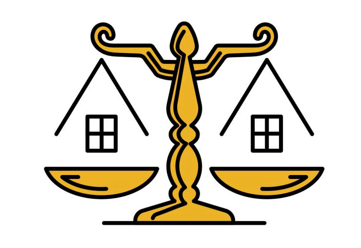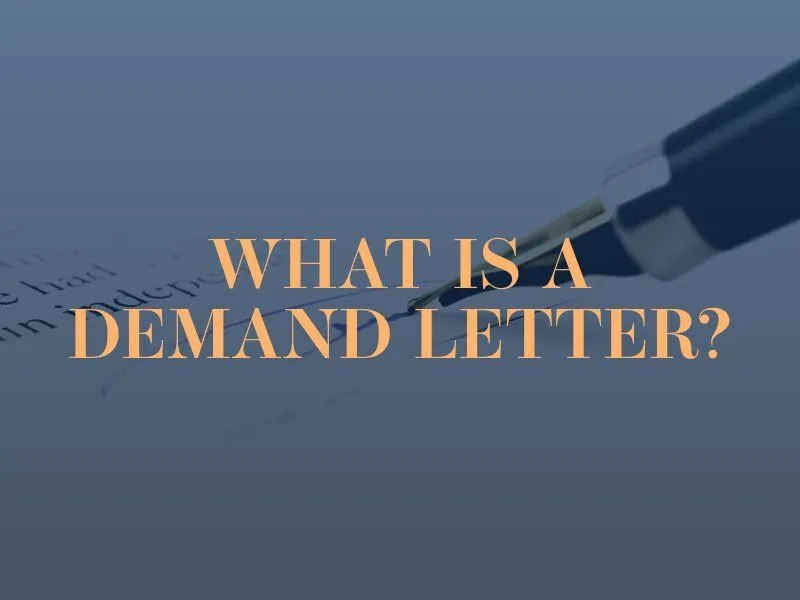The Essential Guide to Demand Letters: Key Components and Legal SignificanceWHAT IS A DEMAND LETTER?
A demand letter, letter of demand, or letter before claim, is a letter stating a legal claim which makes a demand for restitution or performance of some obligation, owing to the recipients’ alleged breach of contract, or for a legal wrong.
A demand letter is a document sent by one party to another in order to resolve a dispute. The letter requests some form of restitution to the aggrieved party and is often preceded by amicable attempts to remind a recipient of the obligation. Most demand letters are written by lawyers.
Demand letters outline the damages, the demand for restitution, a deadline, as well as any consequences if the conditions are not met. Don’t ignore a demand letter but take the time to review and respond to it if you receive one.
The demand letter serves many purposes. It might convince a party to comply with a contract, thereby preventing a lawsuit. Good demand letters explain a party’s position so that the recipient can consider a negotiated compromise or choose to litigate the dispute.
Common types of demand letters include:
a.) Property damage claims demand letters.
b.) Personal injury claim demand letters.
c.) Partnership dispute demand letters.
d.) Breach of contract demand letters.
e.) Stop payment demand letters.
f.) Non-payment demand letters.
Purpose and Importance of Demand Letters
The primary objective of a demand letter is to initiate negotiations between disputing parties, aiming for an amicable settlement without resorting to litigation. By clearly articulating the sender’s position, detailing the alleged wrongdoing, and specifying the relief sought, demand letters set the stage for constructive dialogue. They also serve to formally notify the recipient of the claim, which can be pivotal in subsequent legal proceedings. In some jurisdictions, sending a demand letter is a prerequisite before filing certain lawsuits, demonstrating good faith efforts to resolve the matter informally. Weberman LawLegal Information Institute
Key Components of a Demand Letter
An effectively crafted demand letter should encompass the following elements:
-
Identification of Parties: Clearly state the names and contact information of both the sender and the recipient.Wikipedia+6Callahan & Blaine+6Weberman Law+6
-
Statement of Facts: Provide a detailed account of the events leading to the dispute, including pertinent dates, locations, and actions.
-
Legal Basis: Outline the legal grounds supporting the claim, referencing relevant statutes, regulations, or contractual obligations.Weberman Law
-
Description of Damages: Enumerate the specific damages incurred, such as financial losses, physical injuries, or reputational harm, supported by evidence like invoices or medical reports.
-
Demand for Relief: Specify the exact action or compensation sought from the recipient, including monetary amounts or corrective measures.Legal Information Institute
-
Deadline for Response: Set a reasonable timeframe within which the recipient should respond or comply with the demands, fostering prompt resolution.Callahan & Blaine+1Investopedia+1
-
Consequences of Non-Compliance: Inform the recipient of potential legal actions that may ensue if the demands are not met within the stipulated timeframe.Legal Information Institute+5Weberman Law+5Callahan & Blaine+5
Insurance claim demand letters.
As the name implies, a demand letter requests that the recipient make restitution to the aggrieved party. It is often preceded by phone calls, emails, and other more amicable attempts to remind the recipient of their obligation. As noted above, demand letters are generally written by a lawyer on behalf of an individual or corporation, although the sender may sometimes write it themselves.
The recipient may follow through with the writer’s request by fulfilling the conditions outlined in the letter. The recipient may, on the other hand, respond with their own letter denying the claims. The recipient may also choose to ignore the demand letter. In the last two cases, the sender may take legal action, bringing a lawsuit in court to remedy the situation.
The demand letter should include the following information:
a.) The purpose of the letter
b.) The parties involved
C.) The date/time of the grievance
a description of any and all damages incurred by the writer
the demand for restitution.
What to Do When You Receive a Demand Letter?
Receiving a demand letter can be intimidating, especially if it is unexpected. As a result, some people may choose to throw away or ignore the letter when they get one. While that isn’t illegal, it’s usually not a good idea to do so. That’s because it’s usually seen as a measure of good faith on the part of the sender to come to a resolution. If the matter ends up going to court, you’ll probably have to answer for your actions or lack thereof.
NB: This article is not a legal advice, and under no circumstance should you take it as such. All information provided are for general purpose only. For information, please contact chamanlawfirm@gmail.com
WRITTEN BY CHAMAN LAW FIRM TEAM
EMAIL: chamanlawfirm@gmail.com
TEL: 08065553671, 08024230080


